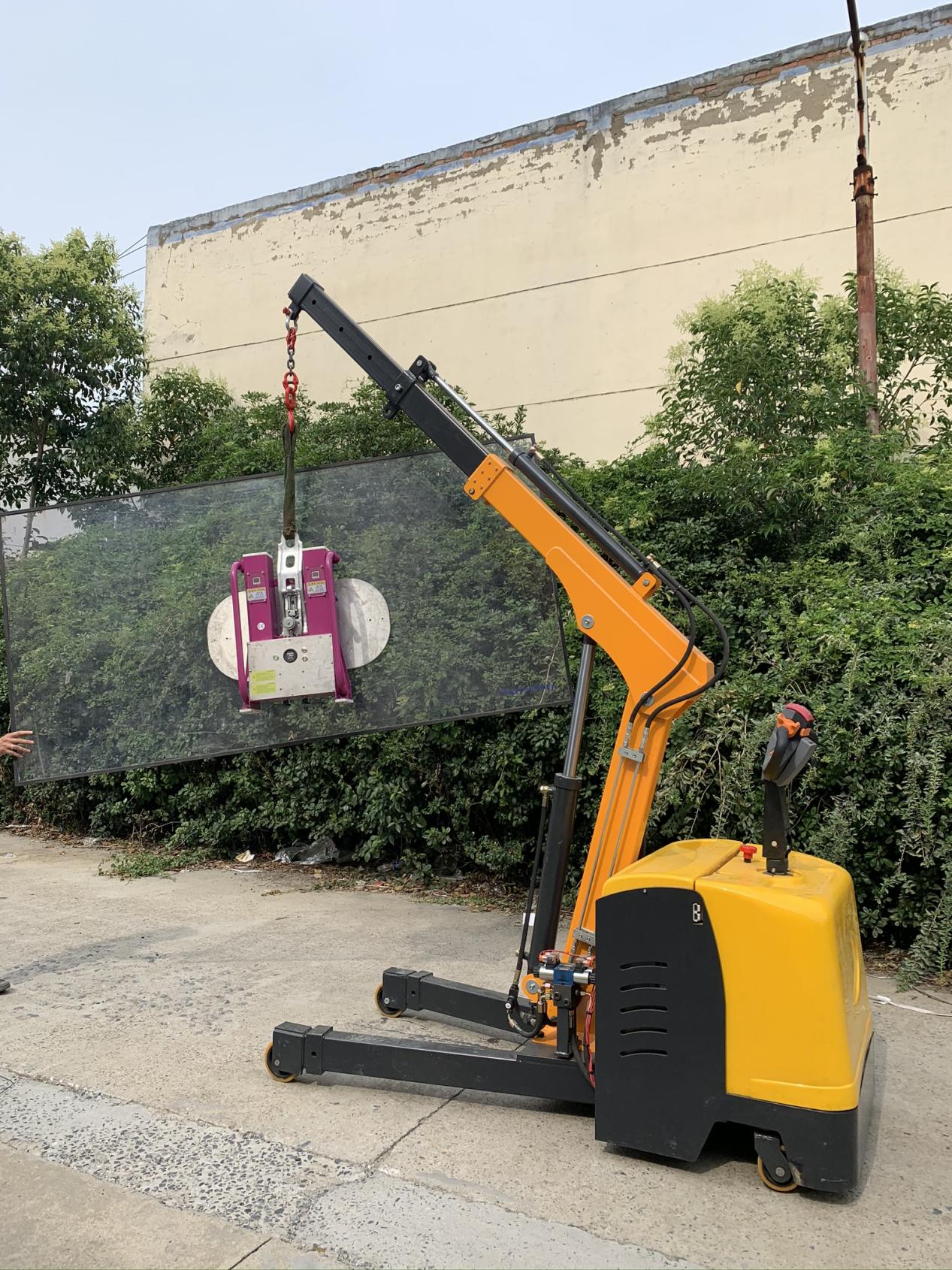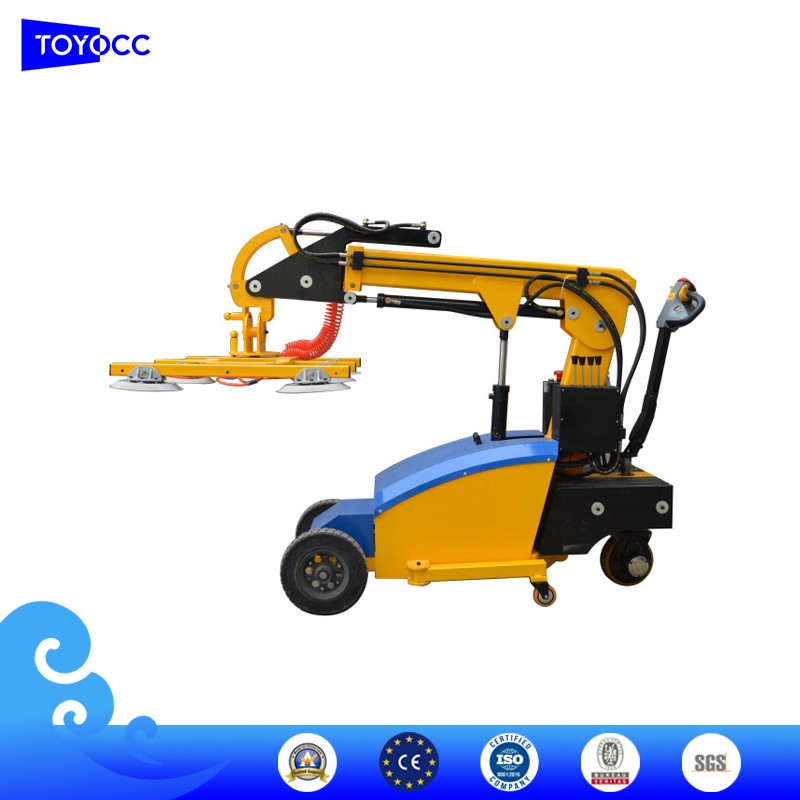Views: 33 Author: Luna Publish Time: 2024-12-27 Origin: Toyocc
The glass industry is undergoing a significant transformation, with automation playing a central role in boosting efficiency, quality, and safety. Among the most revolutionary advancements is the use of robots in glass production processes. As demand for glass continues to rise globally, manufacturers are turning to robotics to meet these challenges and improve productivity. This article explores the application and development of robotic systems in the glass industry, focusing on their role in automated production.
1. Introduction to Robotics in the Glass Industry
The glass industry involves complex and labor-intensive processes, including cutting, handling, and transportation. These processes, often involving large, fragile sheets of glass, are prone to human error and injury risks. Robots offer a solution by automating repetitive tasks, improving precision, and ensuring a safer work environment.
Robotic systems, such as glass handling robots, cutting robots, and glass lifting robots, are now essential components of modern glass manufacturing lines. These robots not only enhance productivity but also contribute to sustainable production practices by reducing waste and energy consumption.
2. Key Applications of Robots in Glass Production
a. Glass Handling and Lifting
One of the primary applications of robots in the glass industry is in glass handling. Robots equipped with specialized end-effectors, such as suction cups or vacuum grippers, are capable of safely lifting and transporting large glass panels. This reduces the risk of damage, which is a common issue in manual handling. By automating this process, manufacturers can improve production speed and minimize material waste.

b. Glass Cutting and Shaping
Robots have revolutionized the way glass is cut and shaped. Robotic cutting systems allow for high-precision cuts and complex shapes, essential for industries like automotive and construction. These robots can work with various glass thicknesses and dimensions, enabling manufacturers to meet diverse customer requirements efficiently. Additionally, robotic cutting systems can perform intricate operations, such as beveling or edging, further improving the quality of the final product.

c. Automated Assembly and Packaging
In the final stages of production, robots are used to automate assembly and packaging processes. Robots can place glass components into frames or other assemblies with high accuracy and speed, reducing labor costs and production time. Moreover, robots equipped with vision systems can ensure that the glass pieces are perfectly aligned and free from defects before packaging.

d. Quality Inspection
Robotic systems, integrated with advanced machine vision technology, play a crucial role in quality inspection. Robots can detect micro-defects in glass products, such as cracks, scratches, or surface imperfections, ensuring that only high-quality glass reaches the market. These robots are highly accurate, offering a level of inspection that far exceeds human capabilities.
3. The Benefits of Robotics in Glass Industry Automation
The integration of robotics in glass production brings numerous benefits, including:
• Increased Efficiency: Robots work tirelessly, maintaining a constant production rate without fatigue, which leads to significant productivity gains.
• Improved Precision and Quality: Robotic systems enhance the accuracy of tasks like cutting, shaping, and handling, resulting in higher-quality products and fewer defects.
• Enhanced Safety: Robots handle the heavy lifting and dangerous tasks, reducing the risk of workplace injuries.
• Cost Reduction: While initial investments in robotic systems can be high, they result in long-term cost savings by reducing labor costs and minimizing material wastage.
• Sustainability: Automation can help reduce energy consumption, optimize material use, and contribute to more sustainable production processes.
4. Challenges in Implementing Robotics in Glass Production
Despite the numerous advantages, the implementation of robotics in glass production is not without challenges:
• High Initial Investment: The cost of purchasing and installing robotic systems can be prohibitive, especially for smaller manufacturers.
• Technical Complexity: Programming and maintaining robotic systems require specialized skills, and integration with existing systems can be complex.
• Adaptability: Glass production involves a wide variety of glass types and sizes, requiring flexible robotic systems capable of adapting to different production needs.
However, as technology advances and the costs of robotics continue to decrease, these challenges are becoming more manageable, making robotics an increasingly viable option for manufacturers of all sizes.
5. The Future of Robotics in Glass Industry Production
The future of robotics in the glass industry looks promising. With continuous advancements in artificial intelligence (AI), machine learning, and 5G connectivity, robots are expected to become even more intelligent and autonomous. For example, AI-powered robots could optimize production in real-time by adjusting their actions based on changing production conditions. Furthermore, collaborative robots (cobots) that work alongside humans are expected to increase, offering more flexibility and efficiency in the workplace

6. Conclusion
